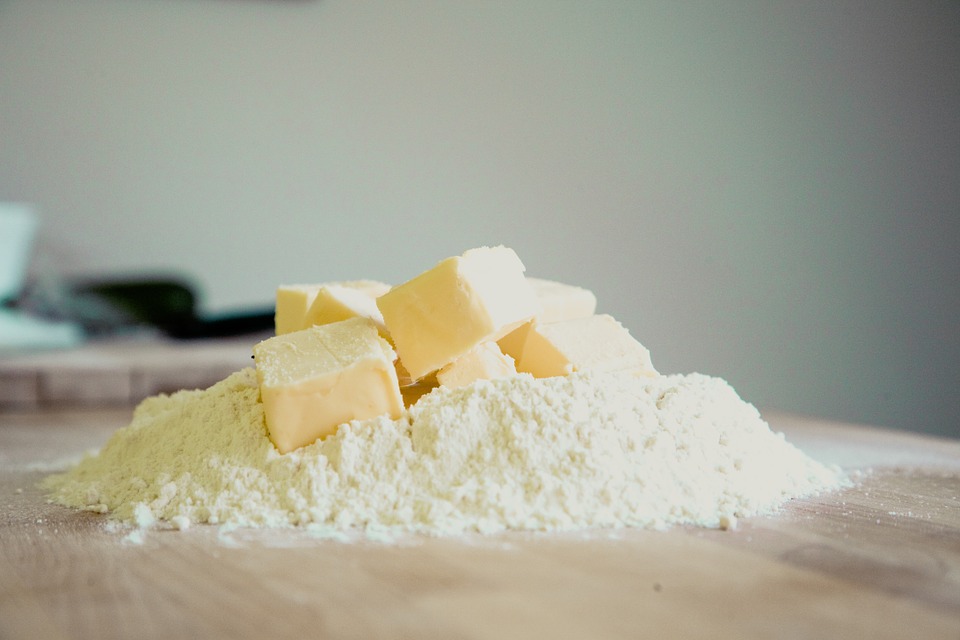European dairy markets are continuing to reel from the economic impact of Covid-19 internationally, with European butter quotation dropping to its lowest level since May 2016, according to multi-national financial services firm INTL FCStone.
However, improved demand from China means that international traders will be keeping a close eye on the Global Dairy Trade (GDT) index this week.
Covid-19 havoc
Speaking to AgriLand, Peter Meehan, senior commodity analyst at INTL FCStone, explained:
“Dairy markets continued to track lower over the last couple of weeks as Covid-19 continues to wreak havoc on global demand while milk production gains momentum.
“This was reflected in the latest European spot butter and skim milk powder (SMP) prices which posted further heavy losses over the last couple of weeks on April 8 and April 15.
The European butter quotation fell by a combined €657 – some 20% – over the last two weeks to €2,583, its lowest level since May 2016.
The INTL FCStone analyst noted that, since the start of February, the EU butter quotation has given up €1,057 (-29%) and is now sitting €1,588 (-38%) below where it was this time last year.
European spot SMP prices have also continued their slide, down a further €207 (-10%) over the last two weeks to €1,887, Meehan added.
“In the 10 weeks since the end of January, EU spot SMP has fallen by €760 (-29%).
“EEX dairy futures markets were also under pressure over the last two weeks with Butter’s April to December 2020 contracts moving down by 12% on average since March 30, while SMP futures were down by 5% over the same period.
GDT and China
“On a positive note, the first of April’s two GDT auctions which took place on Tuesday, April 7, posted its first increase in five events – with whole milk powder (WMP) up 2.1%; anhydrous milk fat (AMF) up 0.4%; and butter up 4.5% – all leading the index higher,” Meehan said.
Improved demand from China, which saw its share of volume bought at the auction increase significantly compared to the previous two events, was the main driver behind the increase.
“With the second auction of the month taking place this week, market participants will be watching closely to see if demand is strong enough to make it back-to-back gains for the GDT index.”
Milk production internationally
Strong milk production from four of the top-five global dairy exporters in February is also squeezing prices from a supply perspective, the market analyst explained.
“When adjusted to take into account the extra day in February due to the leap year, New Zealand (-3.5%) was the only one to see a year on year decline for the month while the EU (+1.3%); the US (+1.7%); Australia (+4.3%) and Argentina (+9.9%) all saw strong collections.
“Looking at European production in February, the UK (-2.6%) was the only one of its top-five milk producers to see a year-on-year decline on an adjusted basis.
Germany (+0.9%); France (+1.7%); the Netherlands (+1.5%) and Poland (+2.2%) all saw increased milk supplies.
Continuing, Meehan said that early indications suggest European milk collections will remain ahead of last year in March with France and Germany looking set to post slight year on year gains, while Eurostat data is putting Dutch collections up 3.0% on last year.
UK collections on the other hand look set to continue well behind last year in March, Meehan concluded.

